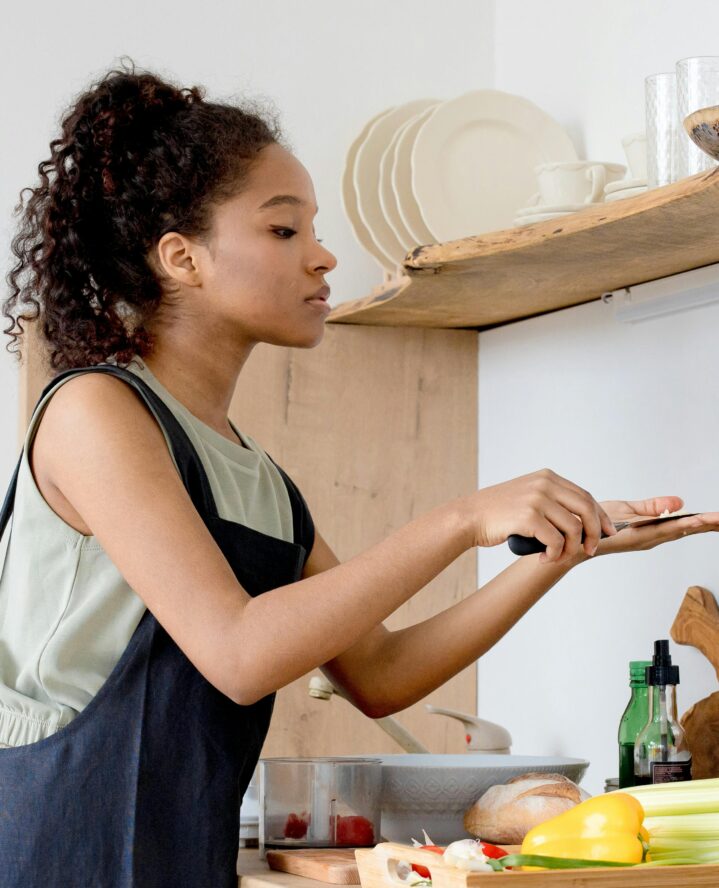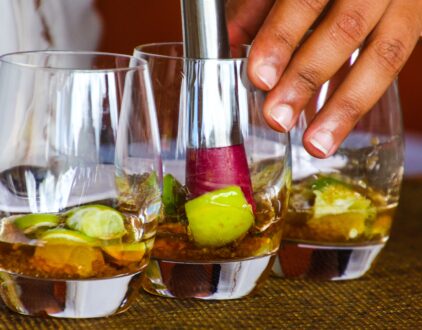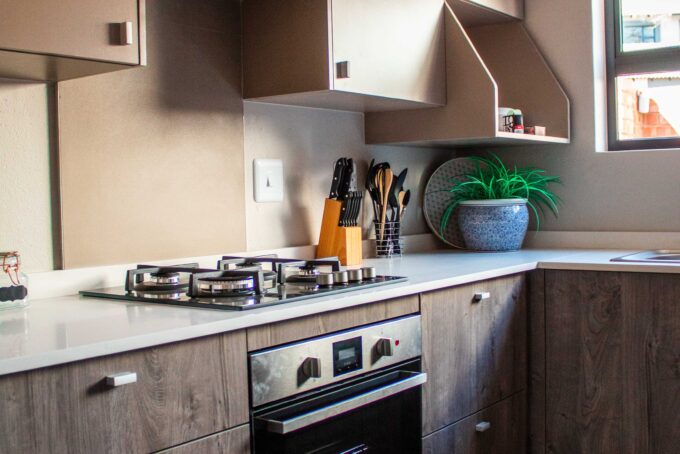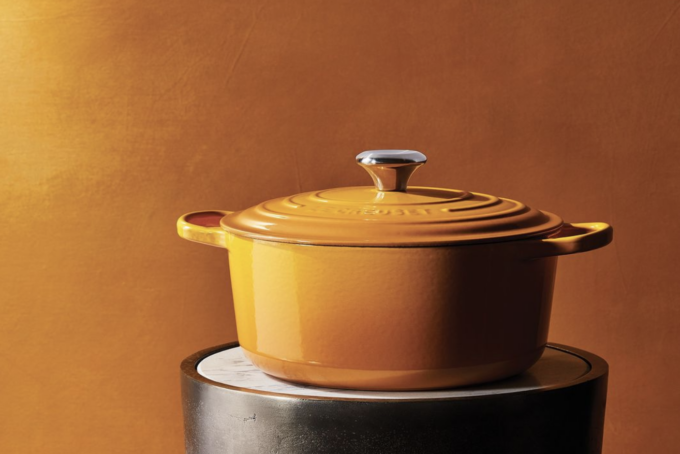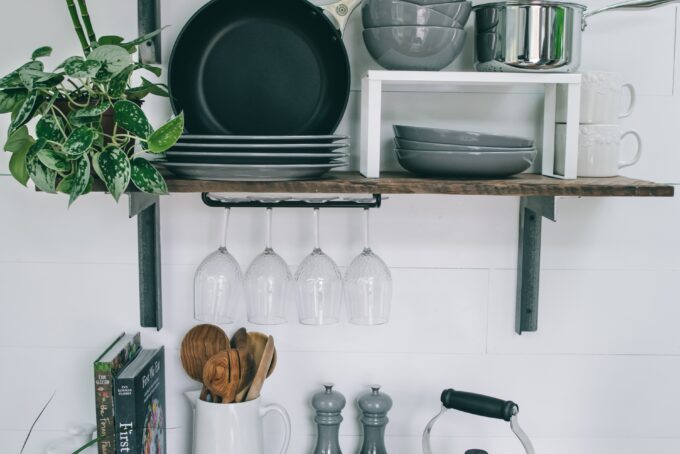Cooking is an art, and like any artist, you need the right tools to create your masterpieces. This is especially true in the kitchen, where your choice of cookware can significantly impact the texture, flavor and even the presentation of your dish. Four of the most popular include stainless steel, ceramic, stoneware, and cast iron, with each having its own set of advantages and best uses. Here’s what each is used for, so you can find the perfect set—or sets!—for your culinary needs.

Stainless Steel: The Versatile Workhorse
Stainless steel cookware is the backbone of many kitchens around the world, and for a good reason. It is known for its durability, versatility, and ability to handle a wide range of cooking techniques. It will require a good amount of butter or oil to cook up your dishes because it’s not known for its non-stick qualities but it will boil up water lightning-fast.
Durability That Lasts a Lifetime
This material is engineered to last. Its resistance to rust, staining, and corrosion makes it an investment that pays off in the long run. You won’t have to worry about frequent replacements, making it a cost-effective choice for home cooks.
Excellent Heat Distribution
Its construction allows for quick and even heat distribution, so your dishes cook uniformly. Whether you’re searing a steak or simmering a delicate sauce, stainless steel can handle it with precision.
Non-Reactive Material
Stainless steel is a non-reactive material, which means it won’t interact with acidic or alkaline ingredients. This quality makes it a great choice for cooking dishes that contain tomatoes, wine, or citrus. You can confidently prepare a wide range of recipes without worrying about off-flavors or discoloration.
Easy To Maintain
Cleaning stainless steel cookware is easy. Most of the time, a simple wash with warm, soapy water and a soft sponge is all it takes to keep your pots and pans looking pristine. Plus, many stainless steel pieces are dishwasher-safe, adding to the convenience of their maintenance.
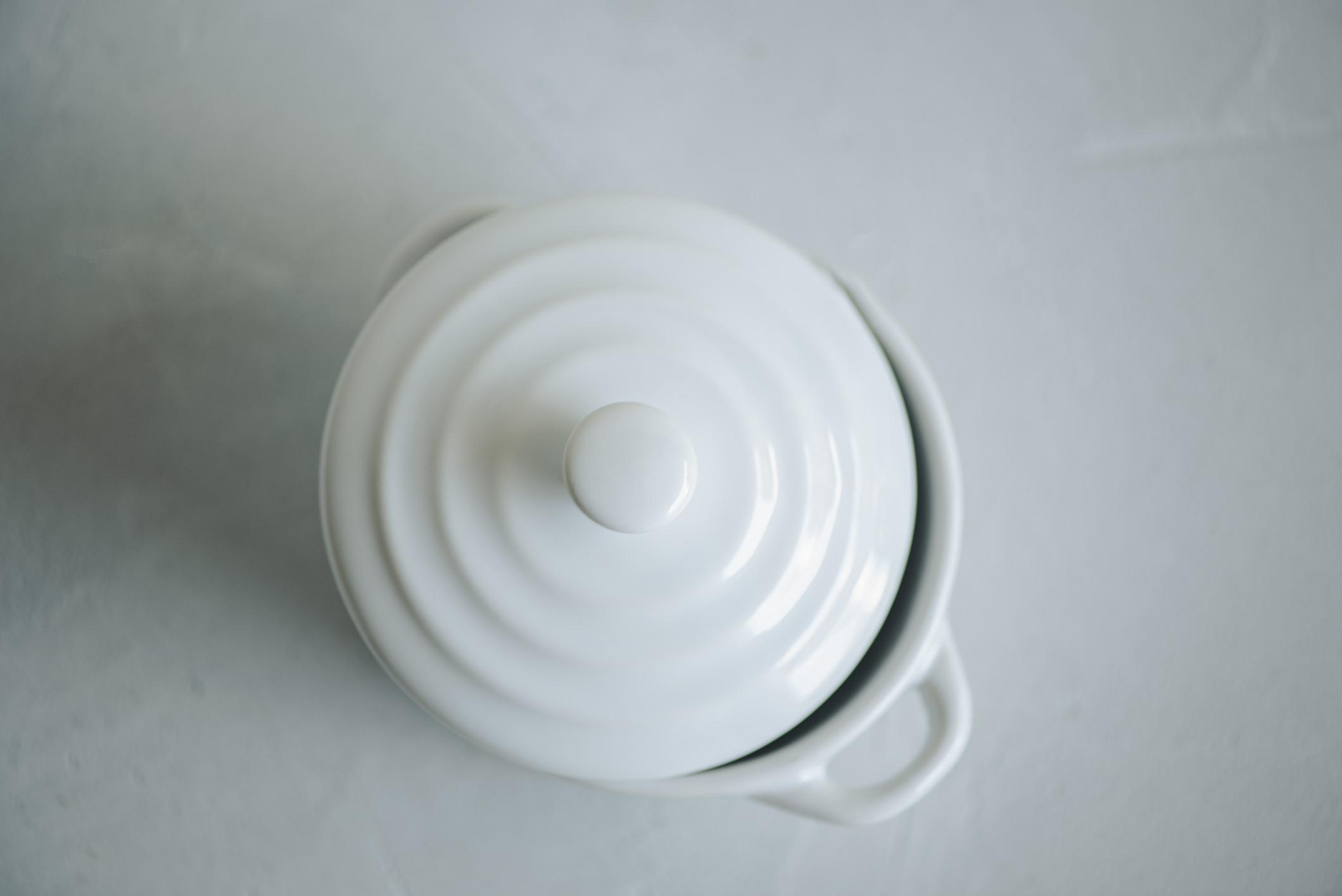
Ceramic: The Non-Stick Wonder
Ceramic offers a unique cooking experience by combining functionality and aesthetics. It is worth noting that its coating—made of silicon oxide—can get stripped away from the surface, meaning your ceramic cookware may only last a couple of years before needing to be replaced.
Natural Non-Stick Surface
What sets it apart is its ability to provide a non-stick cooking experience without the need for excessive oil or butter. This makes it an excellent choice for health-conscious cooks and those looking to reduce their fat intake.
Easy To Clean
Because of its non-stick properties, most food residue slides off effortlessly, and a gentle scrub with a soft sponge is usually enough. No one likes to scrub crusted food or soak the pan for hours only to forget about it.
Attractive Designs
Beyond its performance, ceramic cookware is a whole vibe, and comes in all sorts of colors and patterns. This diversity allows you to select pieces that not only get the job done but also complement your kitchen’s decor.
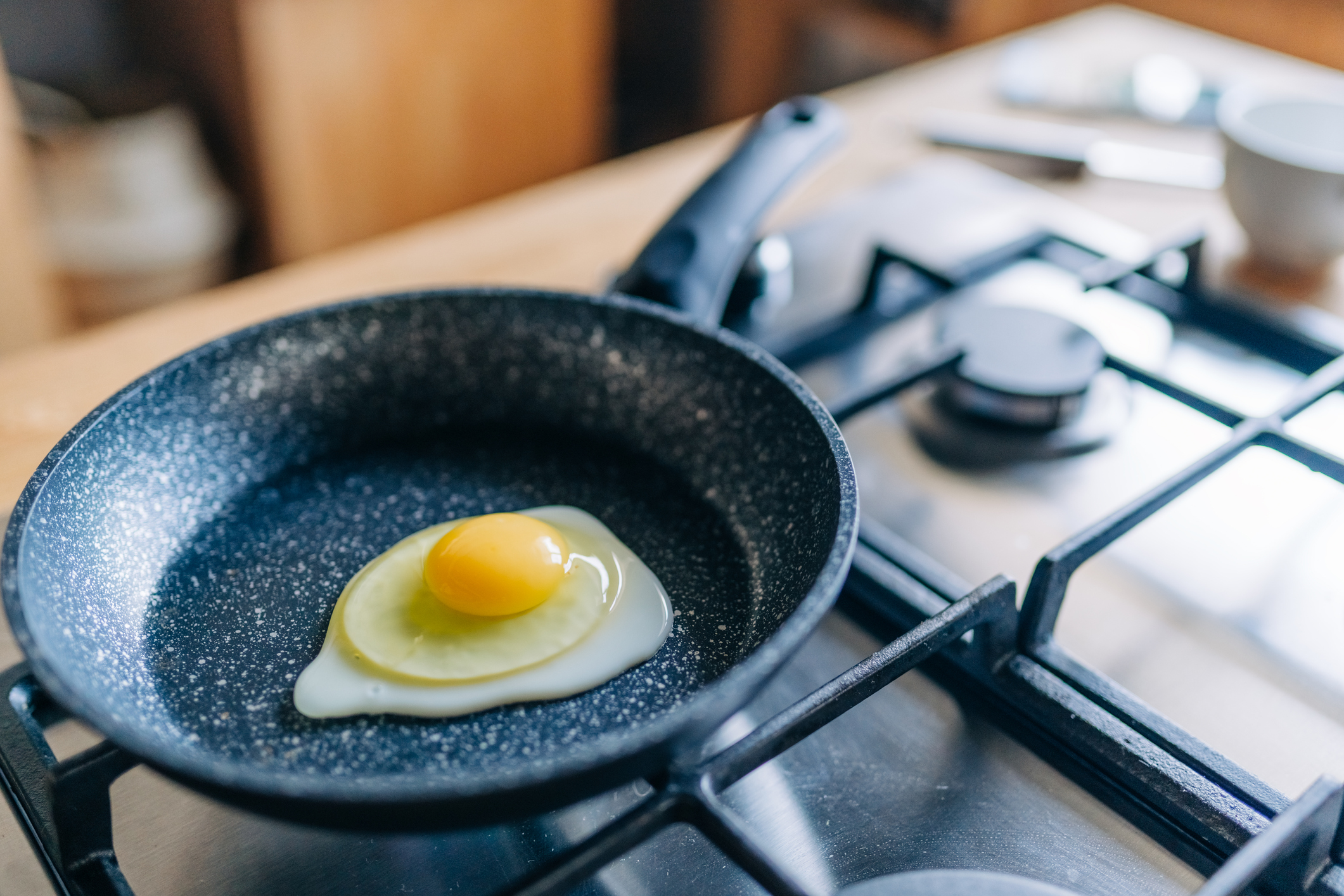
Stoneware: The Rustic Charm
Stoneware cookware may not be as commonly found in kitchens as stainless steel, ceramic, or cast iron, but it has its own charm that makes it an excellent addition to your culinary arsenal.
Superior Heat Retention
It might take a little longer to warm up than its stainless steel cousin, but it shines when making dishes that benefit from slow, even cooking. Whether you’re baking casseroles, gratins, or homemade bread, stoneware gives you the advantage of creating meals that cook uniformly and develop rich flavors.
Beautiful Presentation
Stoneware dishes are great for hosting because they seamlessly transition from the oven to the dining table. Their rustic and earthy appearance enhances the presentation of your culinary creations—think of a bubbling hot lasagna or hearty casserole as the centerpiece of your feast for your belly and your eyes.
Handcrafted Quality
Many stoneware pieces are handcrafted, adding a sense of authenticity to your cooking. When you use stoneware, you’re not just preparing a meal; you’re creating an experience. The unique, artisanal touch of stoneware adds character to your kitchen.
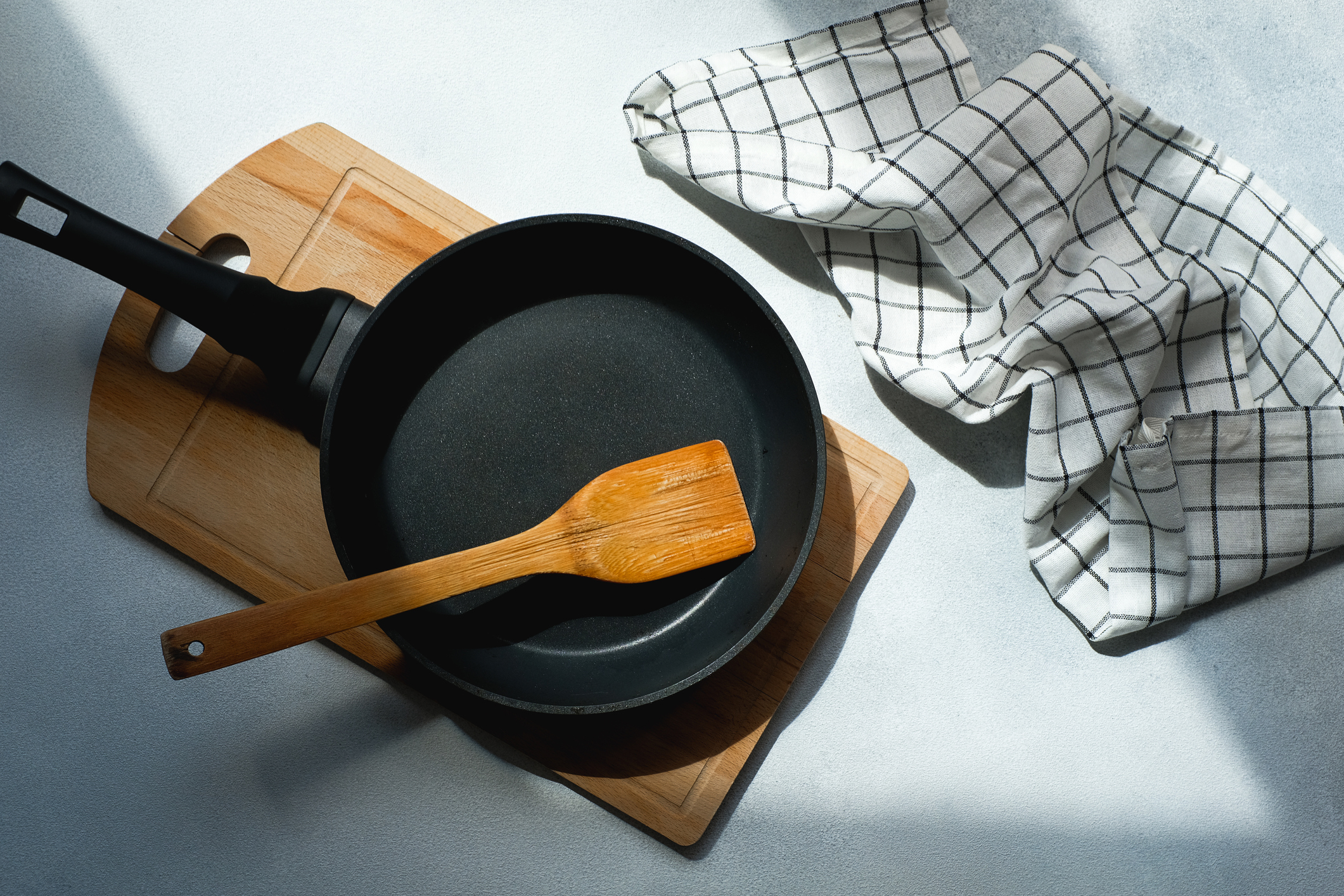
Cast Iron: The Timeless Classic
Cast iron cookware has been a staple in kitchens for generations and can be used to make savory and sweet dishes. It is a little more high maintenance than other cookware because it’s not dishwasher safe and requires a little more care to make it last. But, if you give it the attention it deserves, it can pretty much outlive you.
Versatility in Cooking
Because the whole thing is made from cast iron material, it can easily be put in the oven for baking dishes without melting, or even an open flame. It heats up slowly but holds onto heat so you can fry, roast and bake to your heart’s content!
Creates a Natural Non-Stick Surface
Your cast iron cookware has a non-stick component, the only caveat is you have to create it yourself by seasoning it. Over time, this seasoning process improves the pan’s non-stick properties.
popular posts
- 1It’s Black Business Month, So Let’s Go Shopping and #BuyBlack!
- 2These Home Decor Items Will Instantly Make Your Space Look Outdated
- 3Black-Owned Home Decor Stores To Support Across the United States
- 4A Look Inside Elon Musk's Tiny $50,000 House
- 57 Black and Multicultural Designers To Follow For Design Inspo
Kitchen
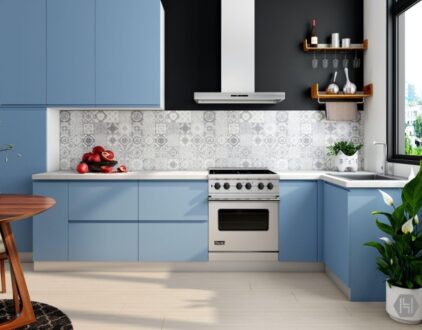
Unique Backsplash Ideas That Add Luxury to Your Kitchen
by Stephanie Taylor | January 19, 2023

These 5 Kitchen Tools Will Up Your Culinary Experience
by Arielle Clay | January 19, 2023
Spaces
Whether it’s luxury or ease, every area of your home should be as fabulous and unique as you.
This Le Creuset "Color of the Season" Is Perfect for Fall Kitchenware
by Erika Hardison | August 18, 2023
7 Reasons Why High-Quality Cookware Is Worth the Investment
by Melody Beuzelin | October 26, 2023
These Are Our Favorite 7 High-Quality Knife Sets for Home Cooks
by Brittni Williams | November 13, 2023
FOLLOW ALONG ON INSTAGRAM
#homeandtexture
Find us on social for more home inspiration where culture, personal style, and sophisticated shopping intersect to help you create a home where you love to live.
